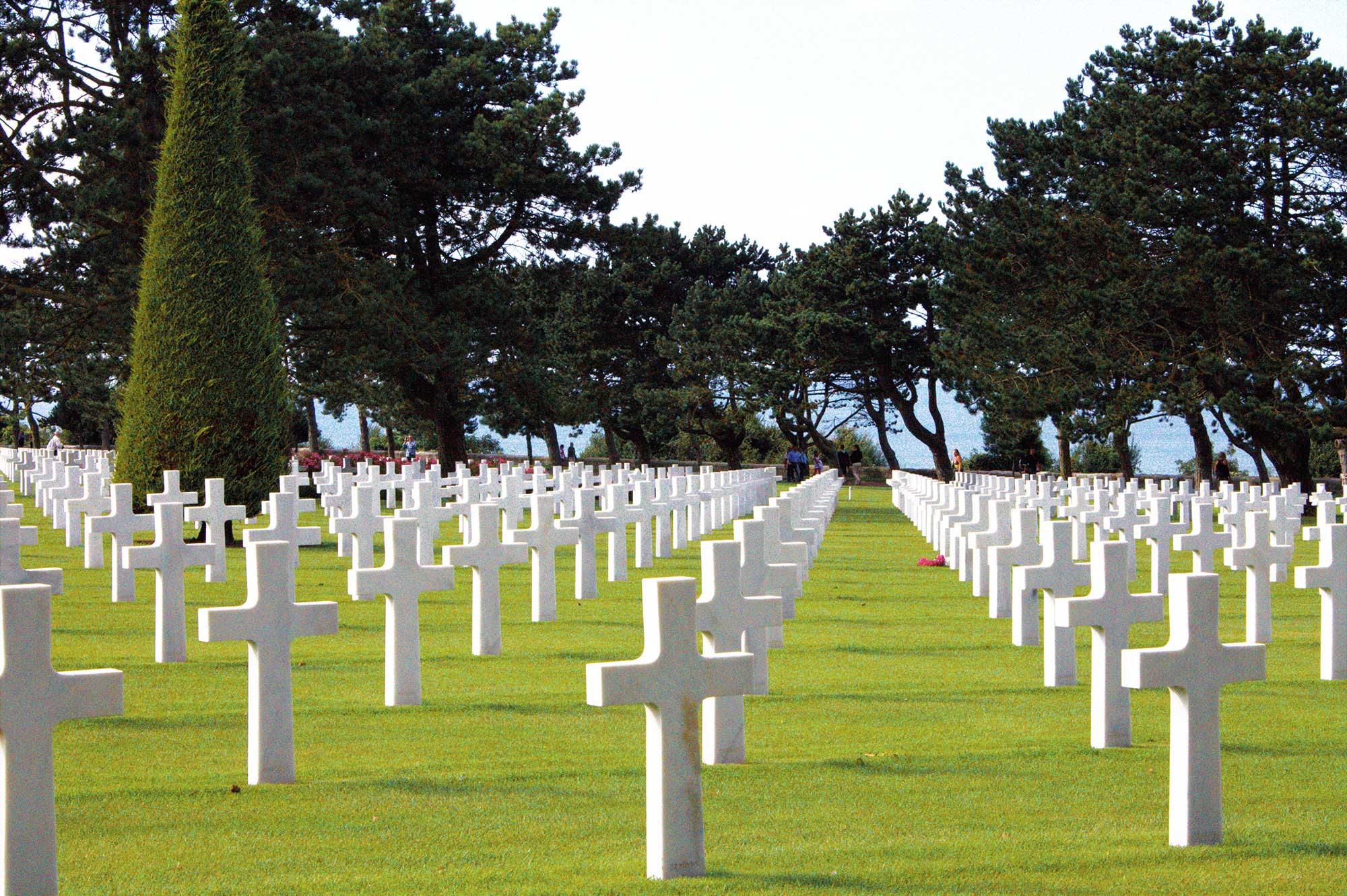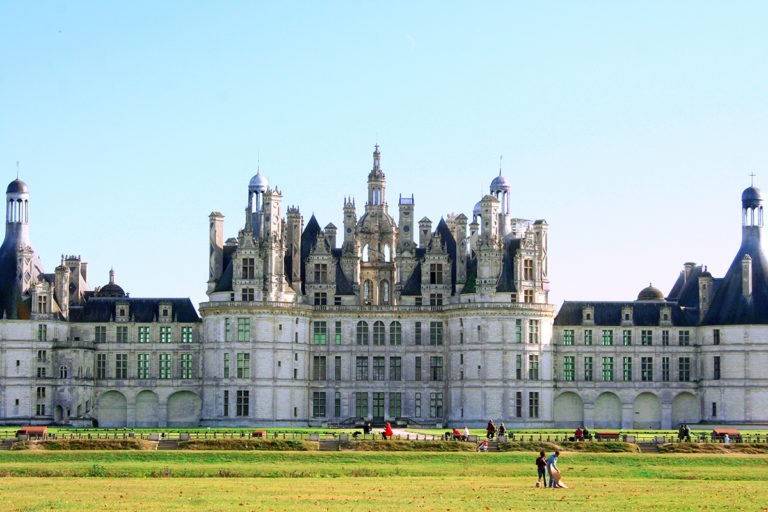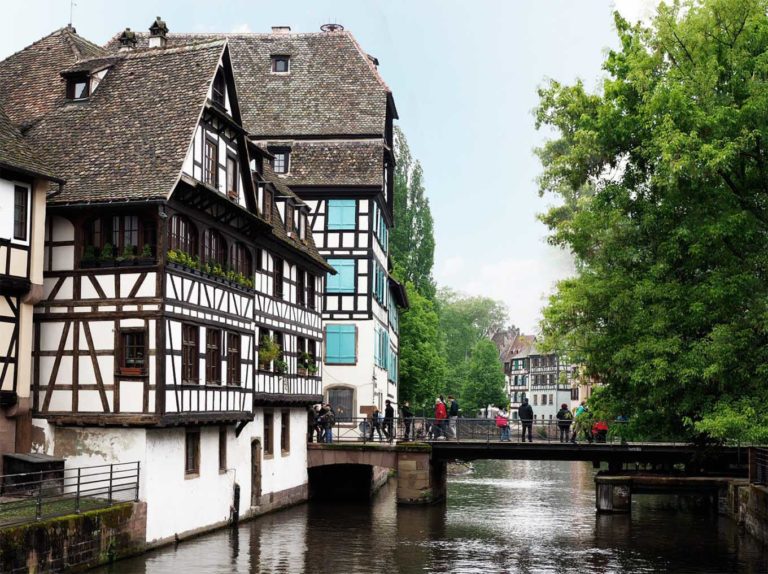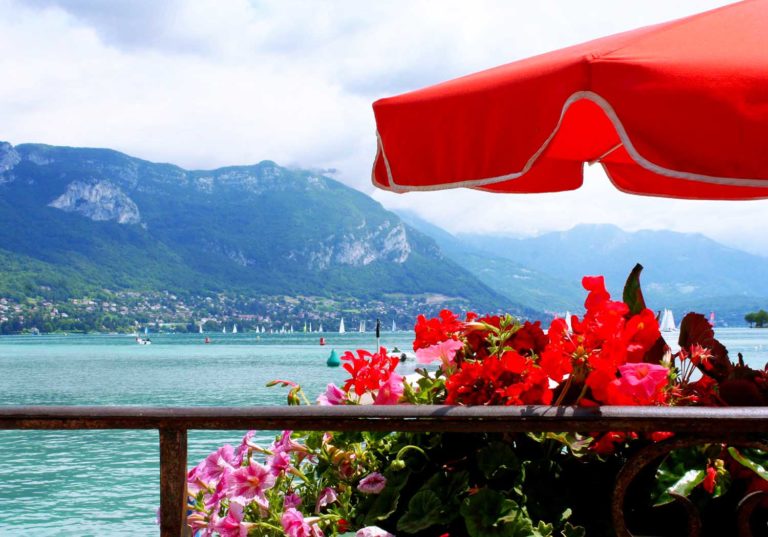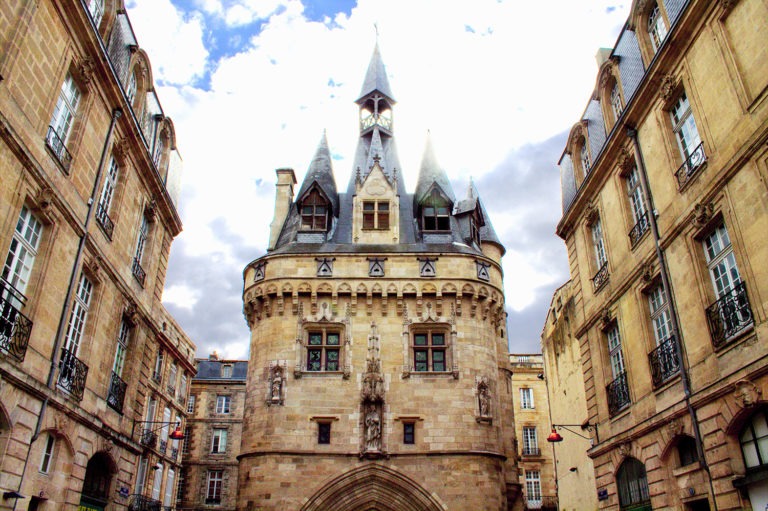Contemplating history on the D-Day landing beaches
The sun wasn’t shining very brightly behind the condensed clouds, as if it was too humble to shine upon such a dark place. While some war heroes see these beaches and the nearby cemeteries as shrines to the gallant dead and a reflection of their country’s successes, others, like me, simply cannot find a bright side.
“You are about to embark upon the Great Crusade, toward which we have striven these many months. The eyes of the world are upon you. The hopes and prayers of liberty-loving people everywhere march with you. In company with our brave Allies and brothers-in-arms on other Fronts, you will bring about the destruction of the German war machine, the elimination of Nazi tyranny over the oppressed peoples of Europe, and security for ourselves in a free world.“
― Dwight D. Eisenhower
Anyone who’s ever met me could probably describe me as being talkative. And they would be right — I do love a good chat, and I need a great deal of bad vibes in order to completely shut down. Or incidentally, shut up.
But not on that day.
When I finally set foot on the infamous D-Day beaches in Normandy on that misty summer day, all I could hear were whispers. Flies would have probably stolen the show had there been any nearby. And yet, despite the heavy atmosphere and the almost macabre fascination these types of places convey, I kept moving towards them, in an almost lulled manner. The Operation Overlod, as the Allies called it, was my only focus.
War isn’t something to be commemorated with pride, in my mind. Neither by the axis nor the allies.
I wouldn’t say visiting memorials, cemeteries and other World War II sites relates to noir travel as much as it relates to education. People of all ages need to be reminded of how far a group of people can go to validate their opinions and set things in motion, and how destructive the human nature can be at times. I don’t think anyone can fully grasp the extent of war until they actually stand in the very place where deadly battles happened.
I have very little faith in human nature and I am too cynical to believe we will never declare war again. But sometimes, I like to think that with just a little bit of luck, we might.
Omaha Beach, Colleville-sur-Mer
This is where the Allies had the most difficult landing assault of D-Day, because of 150 feet tall bluffs that overlook the beach, which were, of course, skillfully fortified by the Germans, which took advantage of their position to kill hundreds of soldiers on the wide open beaches. Omaha Beach is held especially dear in the hearts of American because of the intervention of the US 29th Infantry Division soldiers.
American Cemetery, Colleville-sur-Mer
Right next to Omaha Beach itself, the 172.5 acre cemetery contains the graves of 9,387 American soldiers. One of the most iconic and photogenic sites of the D-Day beaches, it features countless rows of perfectly aligned headstones. The beaches can be viewed from the bluffs above, and there is a path down to the beach as well.
The Landing Museum, Arromanches
The museum is dedicated to British ingenuity, and further explores the feat of technology accomplished by the British in building and setting up the artificial harbour for the landing. It is also home to an impressive scale-models of the floating docks, a 75-foot section of the Mulberry floating bridge, an American half-track and a Higgins boat.
La Pointe du Hoc
This site is slightly different than the others by its sheer nature, which consists of rocky headland towering over the beaches, and where bomb and shell craters still remain today. History buffs know that La Pointe du Hoc paints an especially courageous picture, considering how the Americans who climbed up the rock walls and eventually captured the bunkers only to find out the Germans weren’t armed at all.
Juno Beach, Courseulles-sur-Mer
This is commonly referred to as the Canadian beach, because of the intervention of both the 3rd Canadian Infantry Division and the 2nd Canadian Armoured Brigade. It is also where troops faced the strongest resistance save for Omaha Beach, because of sturdy German fortifications, complete with concrete emplacements, pillboxes, fields of barbed wire and mines. Courseulles-sur-Mer town centre is also home to a Sherman Duplex Drive (DD) tank, which was recovered in 1970 from the sea and restored.
Visiting the D-Day Beaches: useful tips
- Most of the sites have a dedicated museum; allow yourself time to visit them, as they provide valuable insight and historical videos on events that led up to D-Day, and how they shaped today’s society.
- I strongly suggest travelling to and within Normandy by car, but those with a tighter schedule should look into the many guided day trips that leave from Paris every day (I heard good things about this one).
- Most of the beaches, museums and sites are free to visit, with a few exceptions.

